Every day, our vehicles drive 80,000 kilometres altogether – this equals two times the circumference of the earth. It is not surprising that our buses and trains need regular maintenance service.
Underground train workshop “Nürnberg-Langwasser”
Especially our underground trains “eat” kilometres on a huge scale: Last year, every single train travelled 100,000 kilometres. Nevertheless, thanks to careful maintenance, we manage to keep our vehicles in service for about 35 years.
In “Nürnberg-Langwasser”, about 130 workshop employees make sure that the vehicles are ready for use. All repair and maintenance work is carried out, here – from internal and external cleaning to wheel set, furnishing, or motor services to the ever more sophisticated vehicle electronics.
Tramway depot „Heinrich-Alfes-Straße“
Our tramway depot sets an example for all of Germany. On 6,8 hectars it currently houses 50 tramway vehicles. Since it is a depot and a workshop at the same time, most of the time-consuming maintenance work can efficiently be done here.
It is particularly in respect of ecological aspects that this location is special: its roof-integrated solar power system is the biggest one in Germany. Moreover, the vehicle washing plant as well as the sanitary installations of the depot are supplied with processed rain water. No wonder that the German transport association (Ger.: Verband deutscher Verkehrsunternehmen, short: VDV)) calls our company a rolemodel for the industry.
Central omnibus workshop “Nürnberg-Schweinau”
Every single one of our buses drives 60,000 kilometres per year. In a service life of about twelve years, this amounts to a distance one and a half times longer than a trip to the moon. Of course, this makes regular and careful maintenance a must.
While most of the maintenance services can be carried out in our depots in Nuremberg, Fürth, and Erlangen, more complex repairs are done in the Central omnibus workshop “Nürnberg-Schweinau”. There, on an area as big as 5000 square kilometres, we cover the whole range of testing, repair and maintenance works.
Especially regarding our bus services, we aim at an environmentally acceptable operation. Good examples of this innovative approach are our diesel-electric bus (1998), the fuel cell bus (2000), the ultracap bus (2001), as well as our buses with motor 5 engines (since 2005). With these buses with natural gas or hybrid drive, we were continuously one step ahead of time. Up to the present day, we rely on low-emission, low-noise vehicles.
![[Translate to EN:] ihre-vag-impressionen-nuernberg-vag [Translate to EN:] ihre-vag-impressionen-nuernberg-vag](/fileadmin/_processed_/9/b/csm_ihre-vag-impressionen-nuernberg-vag_27e922198b.jpg) © VAG - VAG
© VAG - VAG
![© VAG - Dieter Kachelrieß [Translate to EN:] U-Bahn-Betriebshof-nuernberg-vag](/fileadmin/_processed_/f/a/csm_U-Bahn-Betriebshof-nuernberg-vag_15df873172.jpg) © VAG - VAG
© VAG - VAG
![© VAG - Dieter Kachelrieß [Translate to EN:] Strassenbahn-Betriebshof-nuernberg-vag](/fileadmin/_processed_/2/6/csm_Strassenbahn-Betriebshof-nuernberg-vag_1b084f36a1.jpg) © VAG - VAG
© VAG - VAG
![© VAG - Claus Felix [Translate to EN:] Kaulbachplatz-nuernberg-vag](/fileadmin/_processed_/f/3/csm_Kaulbachplatz-nuernberg-vag_6ad05e52d1.jpg) © VAG - VAG
© VAG - VAG
![© VAG - Björn Kühl [Translate to EN:] Einsteigen-nuernberg-vag](/fileadmin/_processed_/1/2/csm_Einsteigen-nuernberg-vag_49fda30eb0.jpg) © VAG - VAG
© VAG - VAG
![© VAG - Claus Felix [Translate to EN:] Tunnel-01-nuernberg-vag](/fileadmin/_processed_/7/5/csm_Tunnel-01-nuernberg-vag_37b0903bb0.jpg) © VAG - VAG
© VAG - VAG
![© VAG - Claus Felix [Translate to EN:] Strassenbahn-01-nuernberg-vag](/fileadmin/_processed_/1/9/csm_Strassenbahn-01-nuernberg-vag_f79f0694a6.jpg) © VAG - VAG
© VAG - VAG
![© VAG - Dieter Kachelrieß [Translate to EN:] Bus-Mitarbeiter-nuernberg-vag](/fileadmin/_processed_/0/4/csm_Bus-Mitarbeiter-nuernberg-vag_5364d3fd90.jpg) © VAG - VAG
© VAG - VAG
![© VAG - Claus Felix [Translate to EN:] Tunnel-02-nuernberg-vag](/fileadmin/_processed_/a/7/csm_Tunnel-02-nuernberg-vag_7ad6ea6030.jpg) © VAG - VAG
© VAG - VAG
![© VAG - Claus Felix [Translate to EN:] Oberleitung-Wartung-nuernberg-vag](/fileadmin/_processed_/0/9/csm_Oberleitung-Wartung-nuernberg-vag_5822f0d504.jpg) © VAG - VAG
© VAG - VAG
![© VAG - Dieter Kachelrieß [Translate to EN:] Gleisbau-nuernberg-vag](/fileadmin/_processed_/b/d/csm_Gleisbau-nuernberg-vag_e2ed957837.jpg) © VAG - VAG
© VAG - VAG
![© VAG - Claus Felix [Translate to EN:] Einsteigen-U3-nuernberg-vag](/fileadmin/_processed_/1/b/csm_Einsteigen-U3-nuernberg-vag_342748f7b5.jpg) © VAG - VAG
© VAG - VAG
![© VAG - Claus Felix [Translate to EN:] Suendersbuehl-nuernberg-vag](/fileadmin/_processed_/4/6/csm_Suendersbuehl-nuernberg-vag_d1181ebbe2.jpg) © VAG - VAG
© VAG - VAG
![© VAG - Claus Felix [Translate to EN:] Gleisbau-Obenansicht-nuernberg-vag](/fileadmin/_processed_/9/b/csm_Gleisbau-Obenansicht-nuernberg-vag_8af67c084d.jpg) © VAG - VAG
© VAG - VAG
![© VAG - Claus Felix [Translate to EN:] Kindergarten-Lichtenau-nuernberg-vag](/fileadmin/_processed_/1/d/csm_Kindergarten-Lichtenau-nuernberg-vag_9e5e48e0ab.jpg) © VAG - VAG
© VAG - VAG
![© VAG - Claus Felix [Translate to EN:] Oberleitung-nuernberg-vag](/fileadmin/_processed_/b/4/csm_Oberleitung-nuernberg-vag_f38c7a8ec6.jpg) © VAG - VAG
© VAG - VAG
![© VAG - Claus Felix [Translate to EN:] Bauarbeiten-Gleise-nuernberg-vag](/fileadmin/_processed_/9/a/csm_Bauarbeiten-Gleise-nuernberg-vag_d2ca6b57db.jpg) © VAG - Claus Felix
© VAG - Claus Felix
![© VAG - Claus Felix [Translate to EN:] portraet-zentrale-nuernberg-vag](/fileadmin/_processed_/3/4/csm_portraet-zentrale-nuernberg-vag_6a4c160080.jpg) © VAG - VAG
© VAG - VAG
![© VAG - Dieter Kachelrieß [Translate to EN:] Fahrkartenautomat-nuernberg-vag](/fileadmin/_processed_/1/b/csm_Fahrkartenautomat-nuernberg-vag_107bbc5e32.jpg) © VAG - VAG
© VAG - VAG
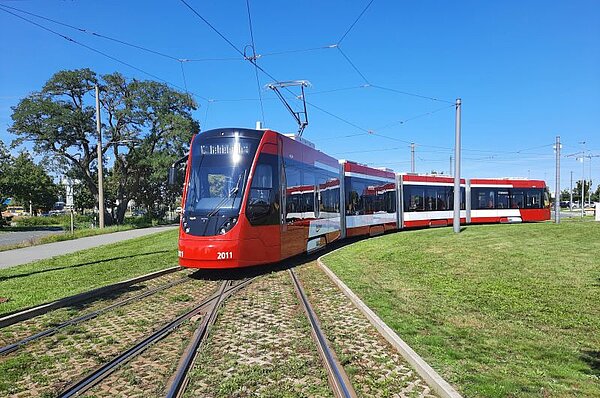 © VAG
© VAG
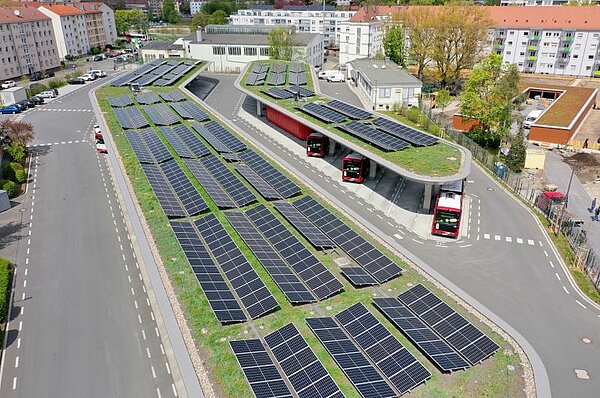 © VAG - Claus Felix
© VAG - Claus Felix
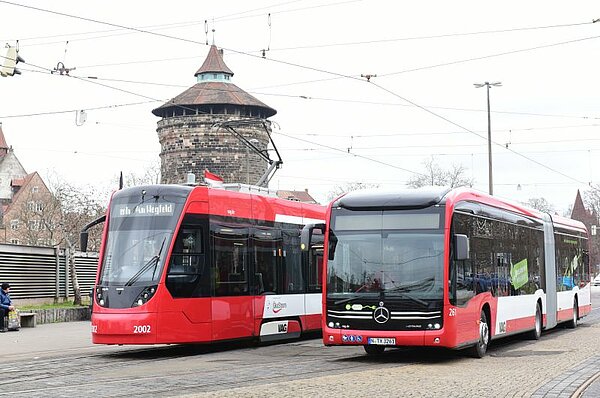 © VAG - Claus Felix
© VAG - Claus Felix
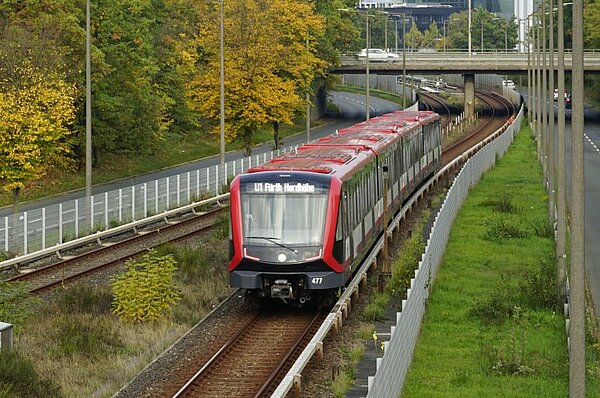 © VAG
© VAG
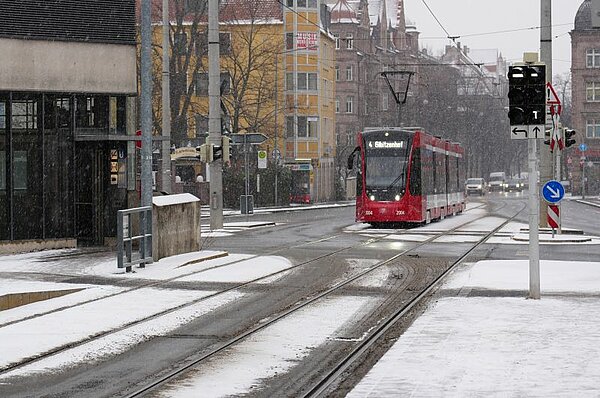 © VAG
© VAG